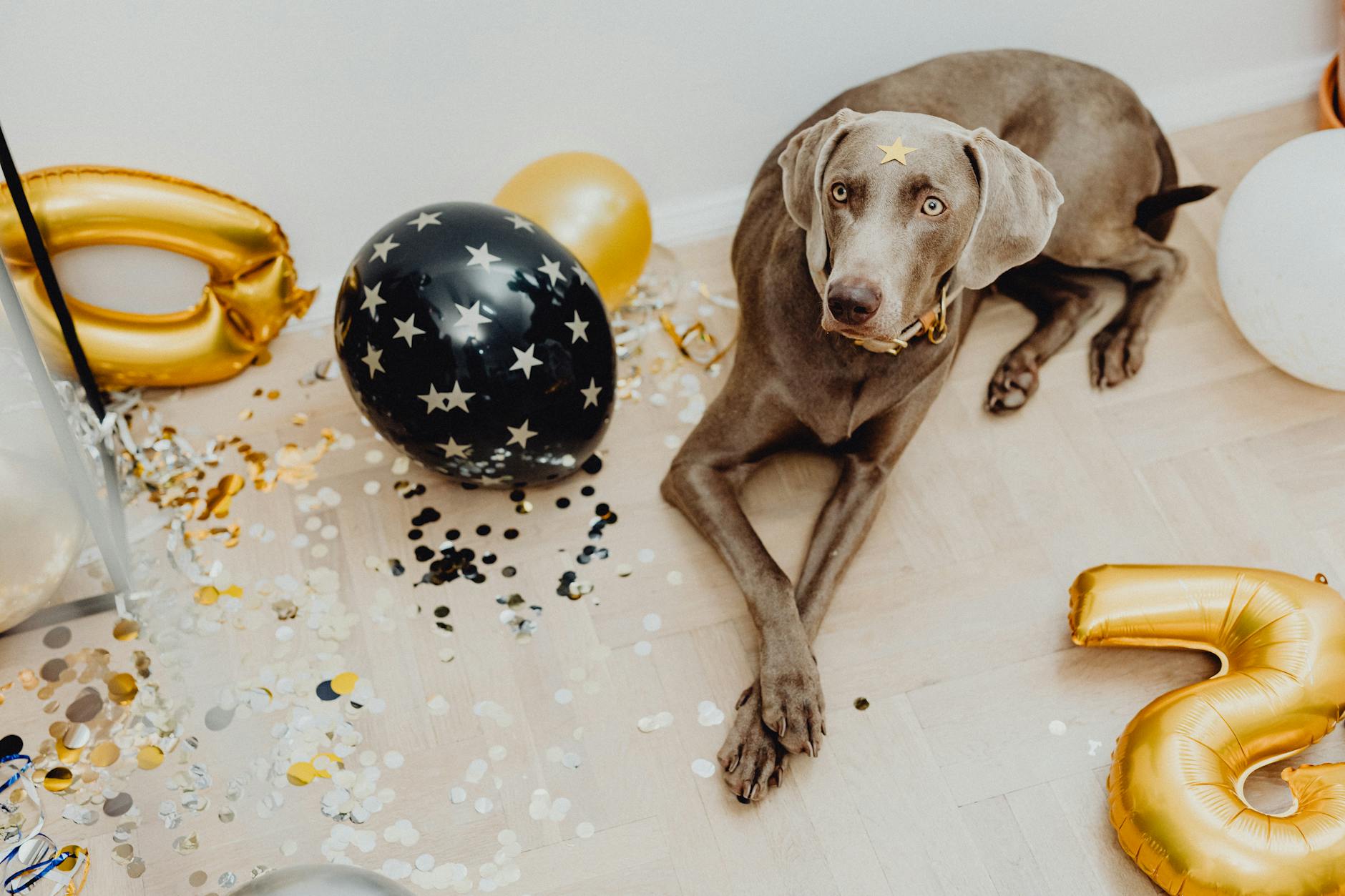Must-Have Dog Training Accessories for Pup Pros

Training a dog requires patience, consistency, and the right set of tools. Professional dog trainers and experienced pet parents alike understand the importance of having the appropriate accessories on hand for effective obedience training and behavior shaping. These accessories not only aid in the training process but also ensure that your pup is set up for success. In this article, we will explore the essential dog training accessories every pro needs to help your four-legged friends learn and thrive.
Collars and Leashes
Collars
-
Adjustable Collar: A good-quality adjustable collar that fits well is crucial. It should be neither too tight to chafe nor too loose to slip off. Collars are often used to attach identification and registration tags.
-
Head Collar: For dogs that pull, a head collar can provide more control without the risk of choking associated with traditional collars.
Leashes
-
Standard Leash: A standard 4 to 6-foot leash allows for controlled walks and basic training.
-
Long Line: An extended length leash, sometimes up to 50 feet, is excellent for recall training and giving your dog more freedom while still maintaining control.
Harnesses
Harnesses can be more suitable than collars for certain breeds or dogs with respiratory issues. They distribute pressure more evenly around the dog's body and reduce strain on the neck.
-
Front-Clip Harness: Ideal for training dogs not to pull, as the design redirects their movement towards you when they pull.
-
Back-Clip Harness: This is more suited for well-trained dogs and can be more comfortable for some pets.
Clickers
Clicker training is a marker-based system where the click sound precisely marks the desired behavior. It's an inexpensive yet powerful tool for teaching complex commands, tricks, and behaviors.
- Basic Clickers: Simple devices that produce a clear click sound can be found at most pet supply shops.
Treats and Treat Bags
Rewards are an integral part of training, and treats are often the most effective motivators for dogs.
-
High-Value Treats: Opt for healthy, tasty, and perhaps smelly treats that your dog loves and reserves for training sessions.
-
Treat Bags: A bag that easily attaches to your waist allows quick access and keeps treats handy without making a mess.
Training Vests or Aprons
For professional dog trainers, wearing a vest or apron with multiple pockets can be beneficial for carrying treats, toys, clickers, and other tools efficiently.
Interactive Toys and Puzzle Feeders
Stimulating a dog's mind is as important as physical exercise. Interactive toys and puzzle feeders can keep a dog focused and provide a mental workout, which is helpful before or after training sessions.
-
Puzzle Toys: These require dogs to solve simple problems to receive treats, promoting concentration and persistence.
-
Tug Toys: Tug-of-war can be a great training reward and helps reinforce good behavior.
Crate and Bedding
Crate training is essential for housebreaking, safety, transport, and providing a personal space for your dog.
- Appropriate Size Crate: Ensure the crate is large enough for your dog to stand, turn around, and lie down comfortably.
-verb (bold)
- Comfortable Bedding: Include soft, washable bedding inside the crate to create a cozy environment.
Barriers and Gates
Barriers such as baby gates help manage a dog's movement within the home and support house training by limiting access to certain areas.
Training Pads and Cleaning Supplies
For puppies or older dogs with incontinence, training pads are useful. Additionally, have enzymatic cleaners on hand to deal with accidents and neutralize odors.
Patience, Consistency, and Positive Reinforcement
While not tangible accessories, patience, consistency, and a positive reinforcement approach are arguably the most critical components of any training regime.
In conclusion, these accessories form the toolkit for successful dog training, but they are only effective when paired with a knowledgeable and compassionate trainer. Remember that every dog is different, and what works for one may not work for another. Therefore, it's essential to adjust your techniques and tools to suit the individual needs of each dog as you guide them through their learning journey.